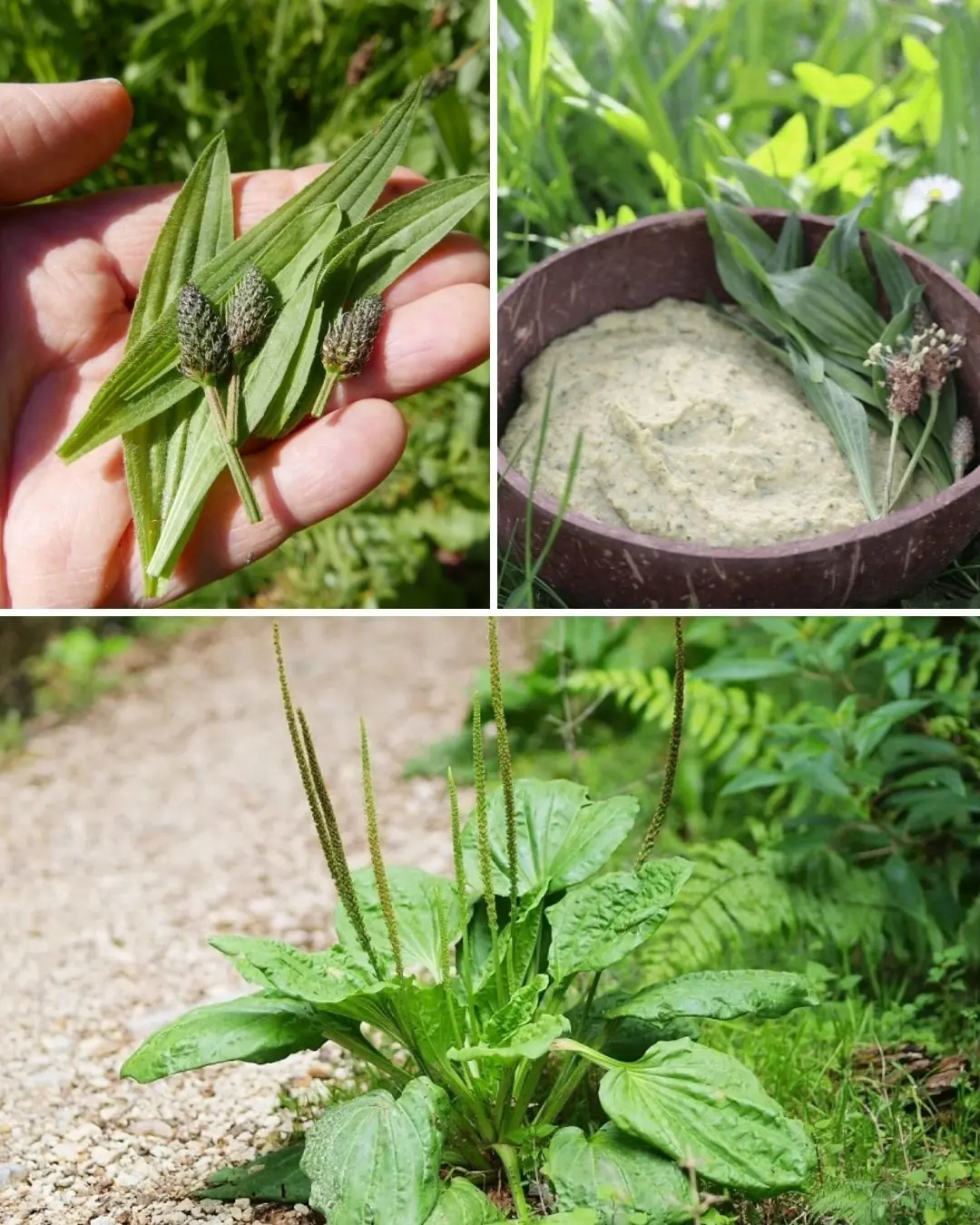
Papaya releases a milky sap, but most people don’t realize how important it is
🌿 The Untapped Power of Papaya Sap: Nature’s Enzyme-Rich Elixir
Papaya is widely celebrated for its sweet, tropical flavor and vibrant orange flesh—but hidden within its green, unripe parts lies a lesser-known treasure: a milky white sap known as papaya latex. This natural substance, often dismissed as a mere byproduct, is packed with potent enzymes and healing properties that have been used for centuries in traditional medicine and are now gaining recognition in modern science.
🧪 What Is Papaya Latex?
Papaya latex is the thick, milky fluid that oozes from the fruit, leaves, and stems when they’re cut or damaged. Its most powerful component is papain, a proteolytic enzyme that breaks down proteins into smaller peptides and amino acids. This enzymatic activity is so strong that direct contact with the sap can cause skin or eye irritation—highlighting both its potency and the need for careful handling.
🌱 Traditional Uses Across Cultures
In regions where papaya grows naturally, the sap has long been used as a remedy for various ailments:
-
Meat Tenderizer: Papain breaks down tough meat fibers, making it easier to chew and digest.
-
Wound Care: Applied externally, the latex helps clean wounds and remove dead tissue, promoting faster healing.
-
Digestive Aid: In small, controlled doses, it’s used to relieve bloating and constipation due to its protein-digesting properties.
-
Skin Treatments: Some cultures apply diluted sap to treat boils, corns, and fungal infections.
🧬 Modern Applications in Science and Industry
Today, papaya latex is harvested commercially and used in a wide range of industries:
-
Pharmaceuticals: Papain is used in digestive supplements and anti-inflammatory treatments.
-
Cosmetics: It’s a popular ingredient in exfoliants and skin-rejuvenating products.
-
Textile Processing: Papain helps clean and soften wool and leather without harsh chemicals.
-
Food Industry: It’s used in brewing, baking, and even clarifying beverages.
🌍 Environmental Impact and Sustainability
The growing demand for papaya latex has led to increased attention on sustainable harvesting practices. By using this natural enzyme, industries can reduce reliance on synthetic chemicals, aligning with eco-friendly production methods. However, overharvesting can damage papaya plants and ecosystems, so ethical sourcing is essential.
⚠️ Safety and Precautions
Despite its benefits, papaya latex must be used with care:
-
Avoid direct contact with eyes and sensitive skin.
-
Never ingest raw latex—it can be toxic in large amounts.
-
Always dilute before topical use.
-
Consult a healthcare provider before internal use.
🌟 A Natural Wonder Worth Exploring
Papaya sap is a remarkable example of nature’s ingenuity—offering benefits that span from traditional healing to industrial innovation. As we continue to rediscover the power of natural resources, papaya latex stands out as a versatile, enzyme-rich solution that deserves more attention and respect.
News in the same category


Exploring the Health Benefits of Common Mallow: A Nutritional Powerhouse

Cyperus Rotundus: The Ancient Herb with Modern Healing Power

2 Cloves a Day Trigger Irreversible Changes in Your Body — Especially After 40

Kyllinga brevifolia (Rottb): Benefits and How to Use It

Try This Before Bed and Feel the Spark
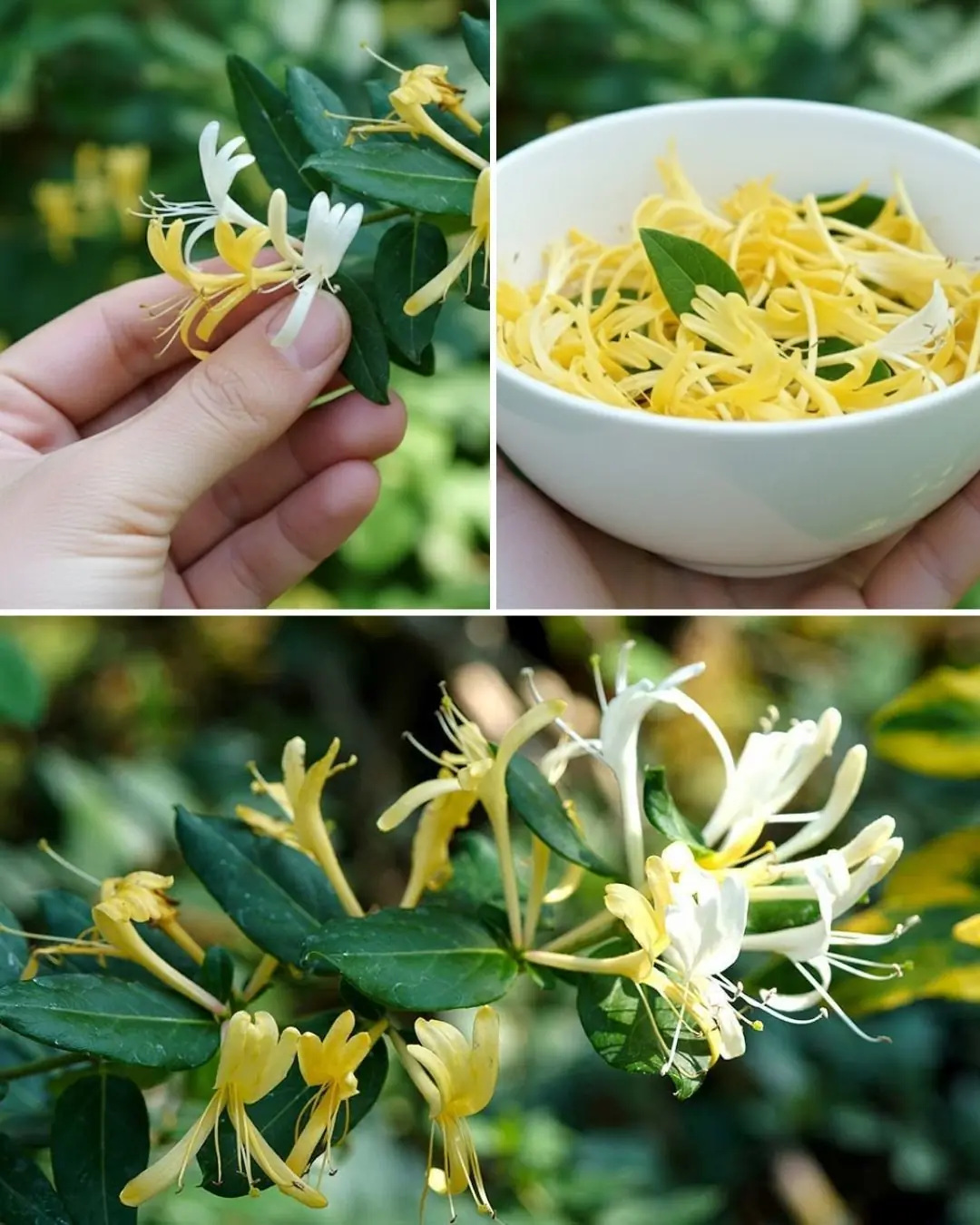
Japanese Honeysuckle (Lonicera japonica): Health Benefits and Homemade Uses

🦵 Discover the Miracle Drink That Rebuilds Knee Cartilage Fast for Seniors!

A Unique Way to See Vietnam – Naturally, Deliciously, and Mindfully
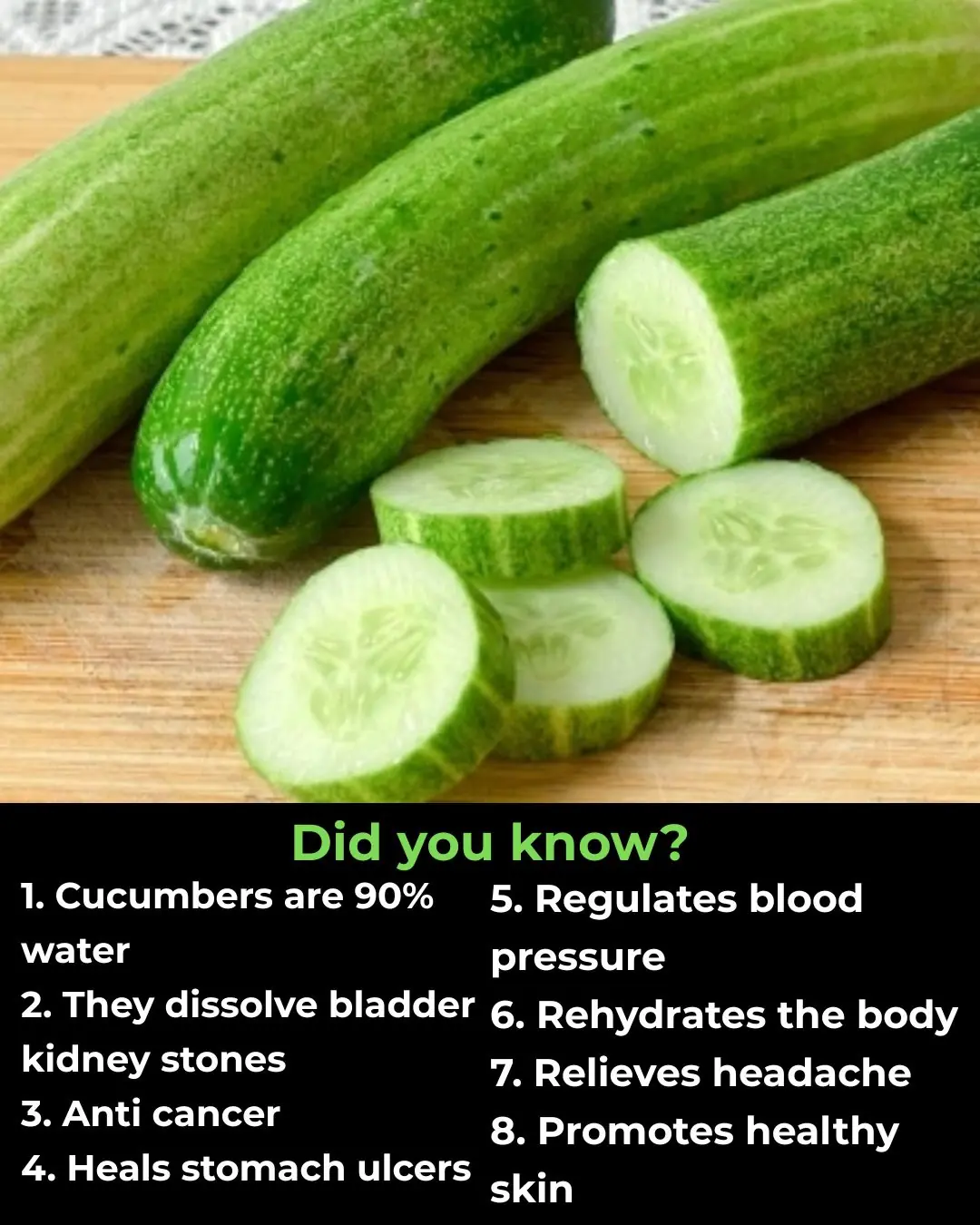
Did You Know? 25 Surprising Health Benefits of Cucumbers!

Beware Datura: Why You Must Avoid This Toxic Plant

American Sweetgum (Liquidambar styraciflua): Health Benefits and Easy Ways to Use It at Home
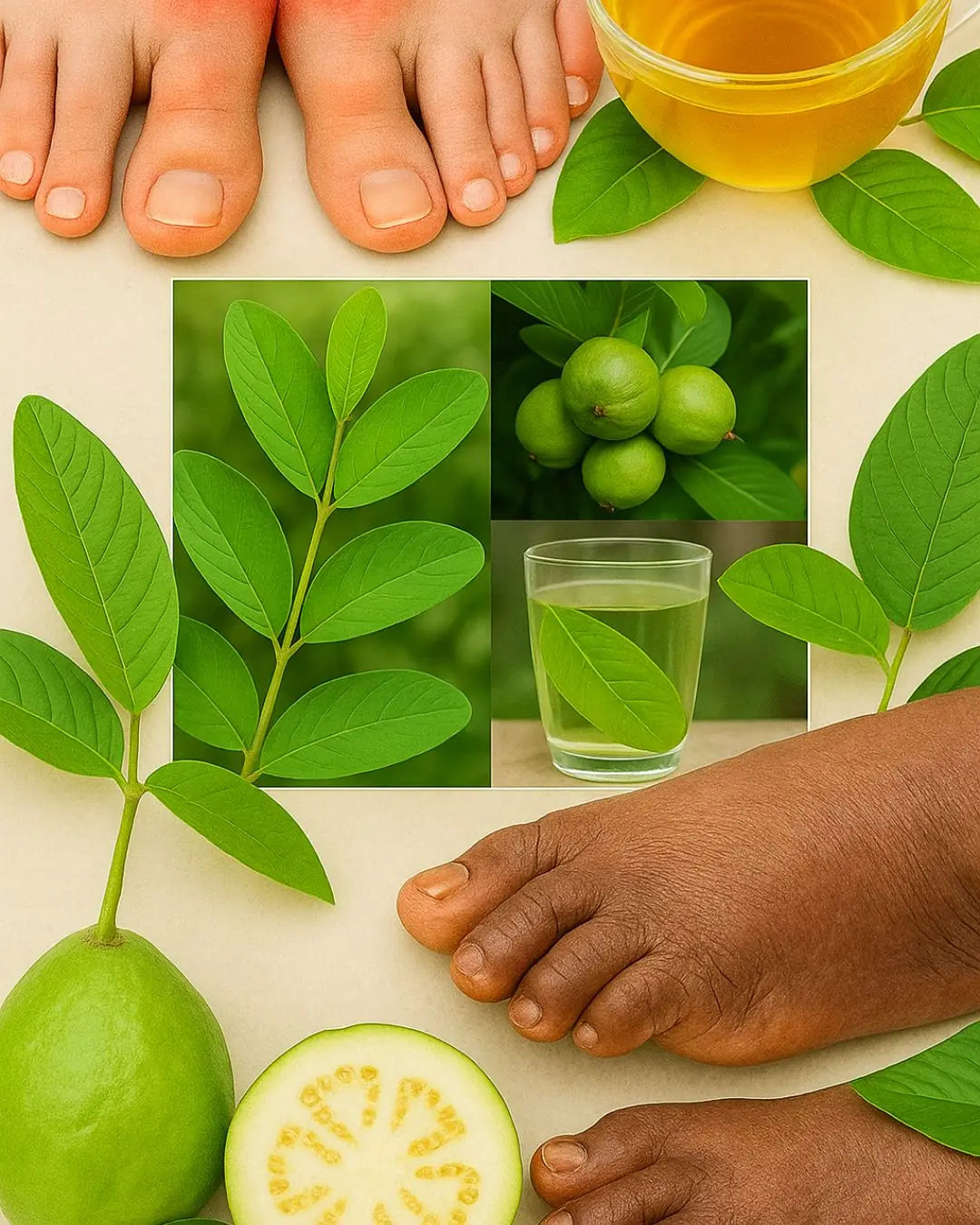
Why Guava Will Become Your Favorite Fruit

Homemade Baking Soda Cream: Say Goodbye to Wrinkles and Dark Spots

Goodbye, Blood Sugar! A Simple Natural Drink That Helps Balance Glucose Levels
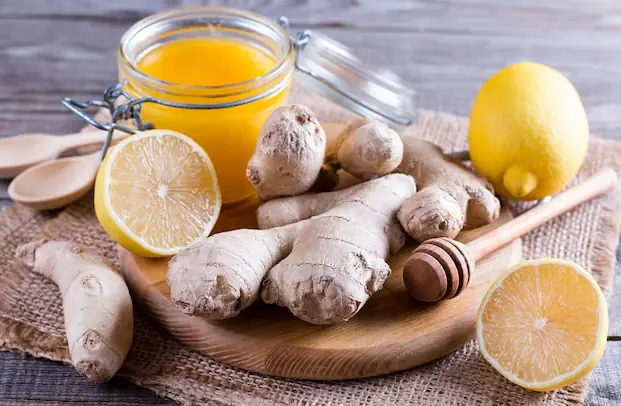
Honey, Lemon, Onion, Garlic & Ginger: The Daily Spoonful That Works Wonders

It grows everywhere, but this stunning plant hides a dark and dangerous secret… 💬👀

You Thought This Flower Was Just Decorative – Think Again…
News Post

Symptoms That Can Be Caused by Stress

What the Shape of Your Legs Might Say About Your Personality

How surgeon who amputated his own legs was caught as he's sentenced to 32 months in prison

PlayStation handing out rare refunds to gamers over popular new game
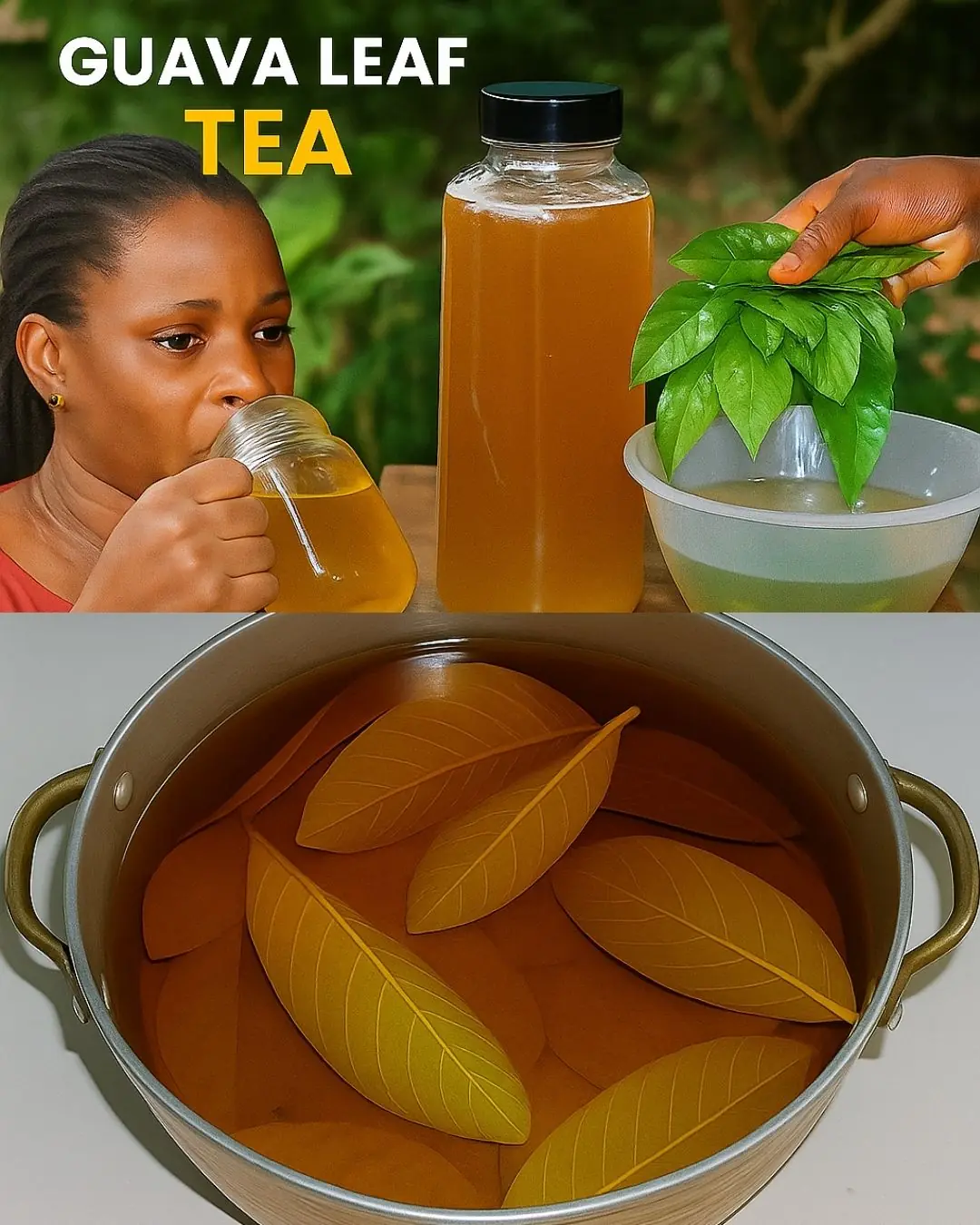
🌿 17 Health Conditions That May Benefit from Guava Leaf Tea + Easy Homemade Recipe
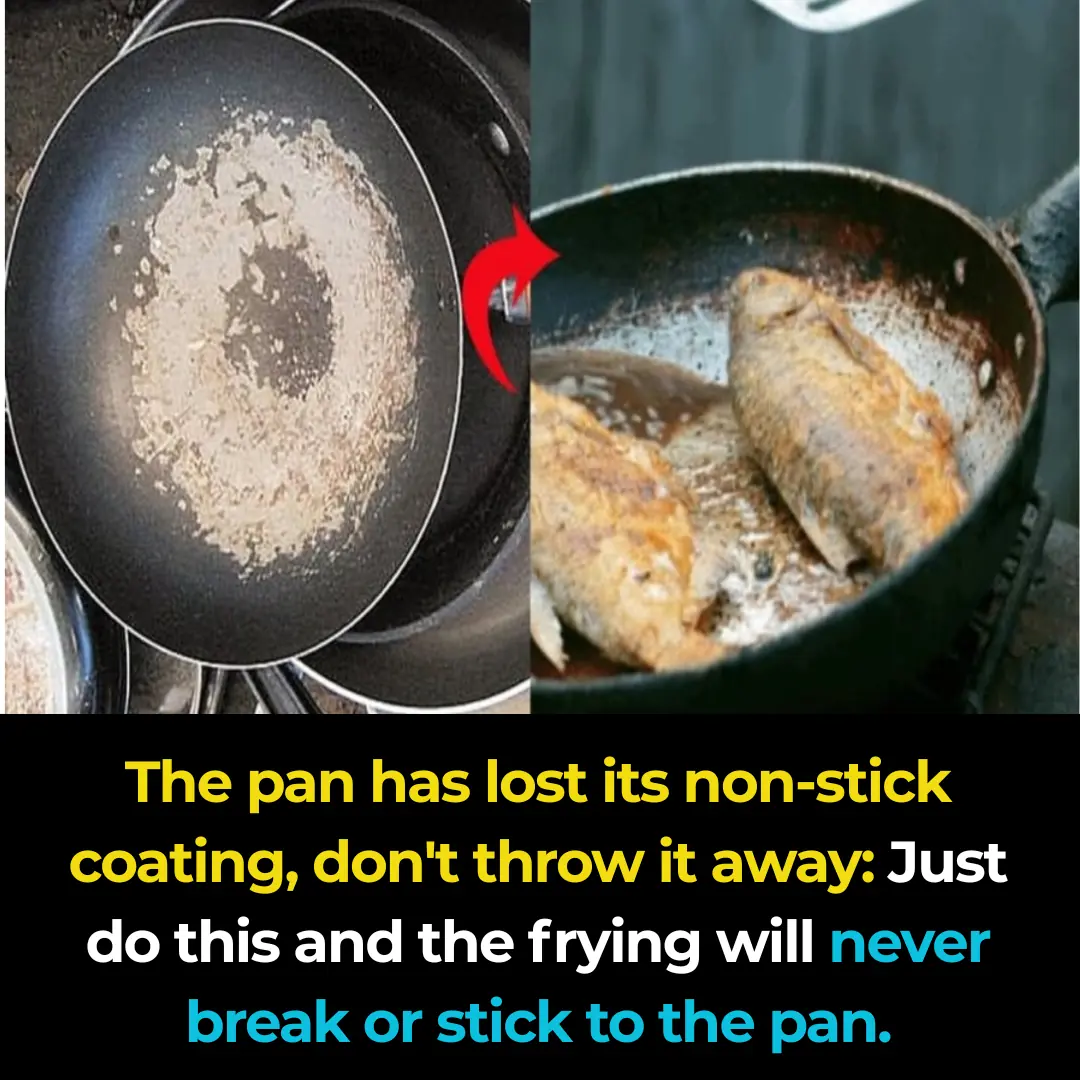
If your non-stick pan has lost its coating, don't rush to throw it away: Just do this, and you can fry and cook without it sticking or falling apart.

The golden 4-hour window for drinking coffee helps your body gain maximum benefits: detoxifying the li:ver and promoting smooth digestion.

Eating boiled bananas at this time, after just 1 week, your body will experience 7 changes

Add potato to coffee to get rid of wrinkles in just 1 week

Homemade Rice water & Methi Dana Toner for Glowing Skin

The DIY anti-ageing cream that is very effective to get rid of wrinkles and fine lines on your face

Herbal Remedies for Strong, Lush Hair: Easy Recipe Everyone Can Make At Home

Flaxseed Gel for Wrinkles: The Natural DIY Solution for Smoother, Youthful Skin

10 Tomato Slice Skincare Remedies for Wrinkles, Pores, and Glowing Skin: Natural DIY Treatments

Super Effective DIYs to Achieve Soft, Pink, and Perfect Lips
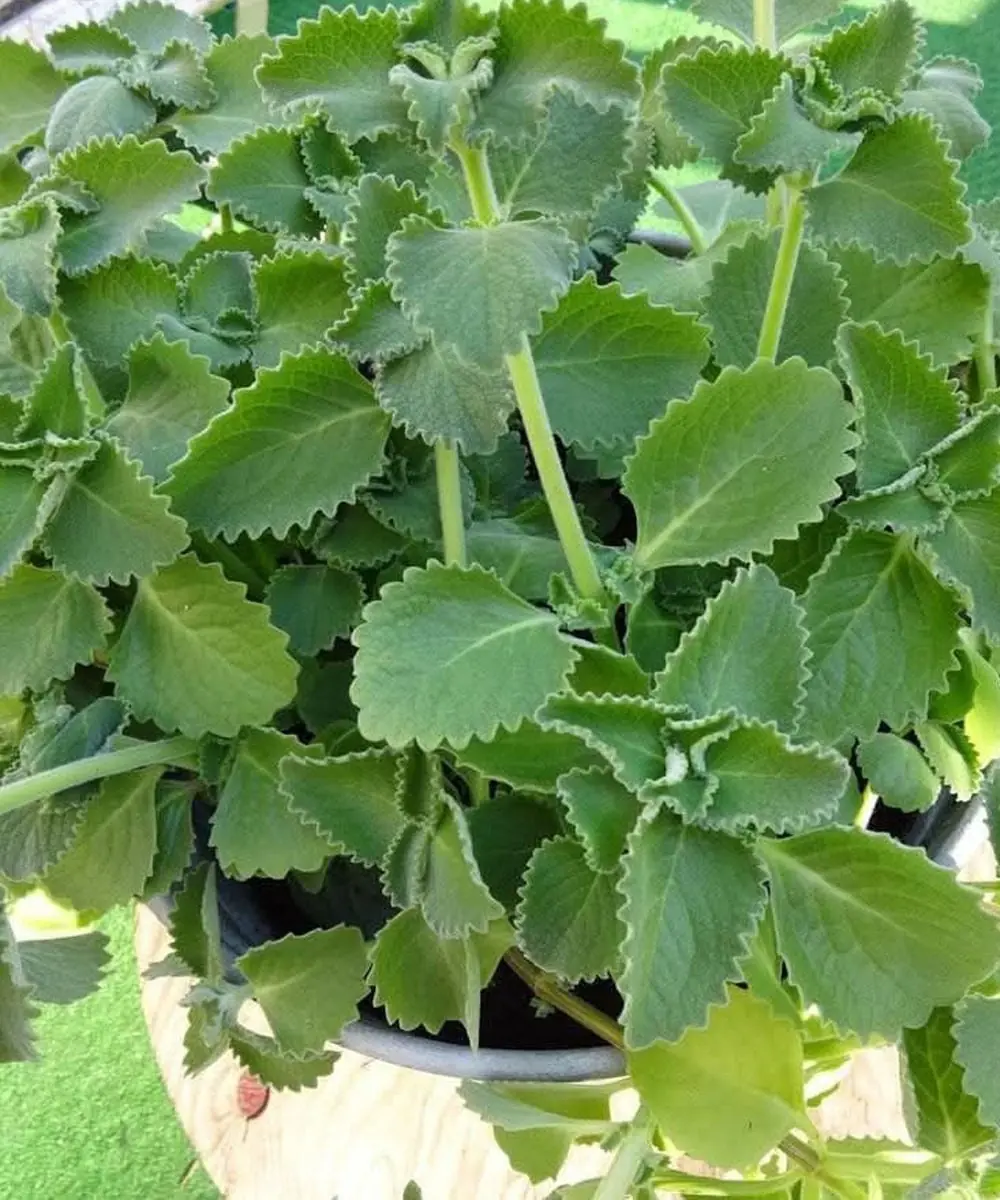
A Scientific Look at Oregano’s Role in Supporting Wellness

Reverse Hair Greying Naturally: Effective Treatments and Remedies for Restoring Hair Color

The Incredible Benefits of Plantago lanceolata and How to Use It

CCF Detox Drink For Glowing Flawless Skin
